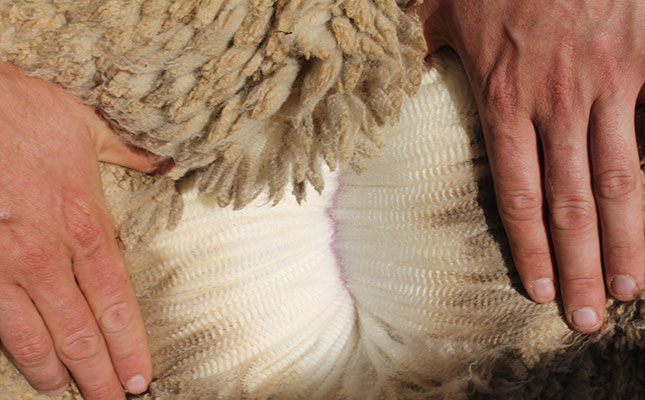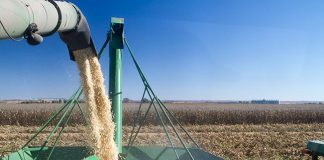
The widespread outbreaks of foot-and-mouth disease and the consequent ban on wool exports, the lingering effects of the COVID-19 pandemic, logistical challenges, the strike by Transnet workers in October, and the Russia-Ukraine war had a direct and very negative impact on the local wool value chain, he said.
On the positive side, wool as a natural fibre was being produced sustainably in South Africa.
“This is of significant benefit to local producers, given the fact that buyers increasingly elect to purchase natural fibres instead of synthetic materials. South Africa is the largest supplier of [Sustainable Cape Wool Standard] wool on global markets.
“In 2023, the NWGA will continue to actively encourage producers to implement this globally recognised standard in order to increase our international market share,” he told Farmer’s Weekly.
De Beer also expressed the hope that the livestock vaccines produced by Onderstepoort Biological Products would be much more readily available in 2023.
Due to the regular shortages of vaccines experienced by the local livestock industry, the association called on government to “give the green light for the manufacturing of vaccines by the private sector this year, as well as for such products to be made available on the open market”.
This included vaccines for bluetongue disease and Rift Valley fever.
“Expanding local wool processing capacity is also high on the NWGA wish list for 2023,” De Beer added. “This will significantly lessen the risks [associated] with wool exports, particularly in light of potential disease outbreaks and the effects thereof on exports.”
Herman Archer, chairperson of the Free State chapter of the NWGA and a wool producer near Trompsburg, concurred with De Beer, saying animal health would be of great importance in 2023.
He added that it was extremely difficult to forecast prices for 2023.
“However, I expect [them] to move slightly sideways until July. Depending on quality, prices fluctuate between R30/kg and as much as R240/kg for top-quality, well-classed wool.
“Should we regain access to the Chinese market, it will be much easier to determine possible price movements for this year,” Archer said.












